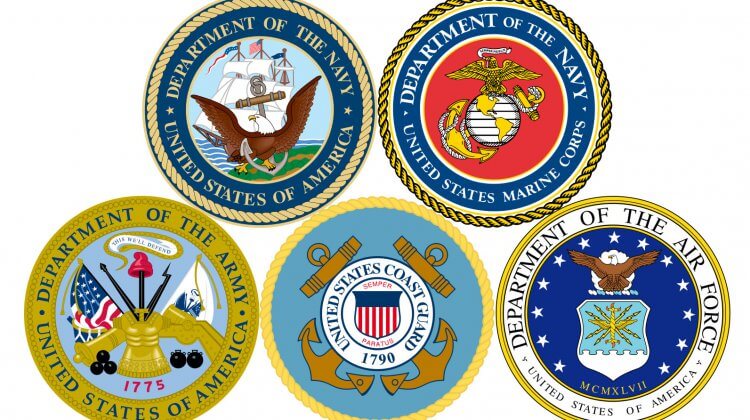
“What is the perception of AAS [anabolic-androgenic steroids] among the vast number of servicemen?” an anonymous website commentator asked on October 24, 2007. “Same brainwashing? I would assume that having a strong soldier would be a top priority …” To which a like-minded poster added: “it’s really a general expectation that the ideal Soldier is considerably stronger than the average person; many situations dictate the need for strength, lots of it.” And how do high-ranking officers look at steroid use? According to the second poster, “most commanders won’t honestly look at AAS with the same condemning eyes that they would, say heroin, barbiturates, etc.”
The next day, however, a self-identified soldier says: “Well I am currently in the military and let me tell you it is strongly frowned upon. I have actually talked to my commander about it if he ever thought about it considering he works out all the time. He was very ignorant [as] to the facts of [AAS] use.” Ten days later we read: “As a former Marine I can tell you it varies with your command. There are some commands that look for it and frown upon it and then there are others where every1 is on them.”i There are, in fact, many interesting online comments about the status of steroids in today’s military world, but they do not present a coherent story about what is going on in barracks and on battlefields where U.S. troops are deployed.
The fact is that we actually have very little hard data about the prevalence of AAS use among American military personnel, despite some substantial reporting on this issue.ii Back in 1990 Military Medicine published an article reporting concern about unauthorized AAS use, a perception among commanders that steroid use was common among their soldiers, and the absence of an Army policy to deal with it. Still, these authors confidently claimed their small survey indicated only “a very small percentage of soldiers have used or are using AS,” and that “there is currently no AS abuse problem among Army personnel.”iii
Today, however, official concern about AAS use by soldiers is out in the open. The United States Army Public Health Command has declared that anabolic steroid use is illegal for “U.S. personnel deployed in a combat theater.”iv Nevertheless, the illicit and unlawful use of anabolic steroids by military personnel in and out of combat zones is well known and is reported to have increased in recent years.v Defense Department surveys found that steroid use by Army personnel increased from 1.5% in 2005 to 2.5% in 2008.vi But even apart from the uncertain reliability of such survey data, they tell us nothing about how soldiers actually think and feel about these drugs and whether or not they should use them to survive the stresses and dangers of combat.
The online chat-rooms can tell us far more about the view from the ranks. Once we have discarded the posts that are just foolish or frivolous, there remains an impressive volume of well-informed and insightful comments that can be compared with each other and with what we know from published sources. While the limitations of this material, such as the anonymity and the role of hearsay, are obvious, what these voices have to offer will be clear to anyone who has done research in this area. All of the important issues are here: What is the military’s steroid policy? Does it make sense in light of what is required of soldiers on today’s battlefield? How many of the troops are juicing? How many officers? How many of the Special Forces? Why is the enforcement of anti-AAS rules so inconsistent? These chat-rooms are a significant portal of entry into the enormous Grey Zone in which anabolic steroid subcultures are thriving around the world.
Read the next installment in the Steroids in the U.S. Military Series: The View From the Ranks (Part 2)
ENDNOTES
- http://tnation.t-nation.com/free_online_forum/sports_training_performance_bodybuilding_gear/steroids_and_the_military
- See, for example, Tim Hsia, “The Performance-Enhanced Military,” New York Times (May 7, 2010); “Steroid Problems in The Military,” http://kuow.org (November 22, 2010); “Steroid use on rise in the Army,” The Seattle Times (November 20, 2010); “Anabolic Steroids: The Good, The Bad, The Ugly,” dcmilitary.com (March 17, 2011). [National Naval Medical Center]; “Joint Base Lewis-McChord rocked by scandal,” Stars and Stripes (May 17, 2011); Murder count gone, but more charges for Bales,” Army Times (June 3, 2012); “Military doctor: Almost half of testosterone-boosting supplements may have illegal steroids,” Military Times (July 19, 2013).
- Michael S. Bahrke and LTC John S. O’Connor, “Anabolic-Androgenic Steroid Use by Soldiers: The U.S. Army Steroid Testing Policy,” Military Medicine 155 (November 1990): 573-574.
- “Anabolic Steroids” (United States Army Public Health Command, n.d.). [http://phc.amedd.army.mil/topics/healthyliving/asm/Pages/SteroidAbuse.aspx]
- “Steroid use on rise in the Army,” Seattle Times (November 19, 2010).
- “Steroid use on rise in the Army,” The Seattle Times (November 20, 2010)
About the author
John Hoberman is the leading historian of anabolic steroid use and doping in sport. He is a professor at the University of Texas at Austin and the author of many books and articles on doping and sports. One of his most recent books, “Testosterone Dreams: Rejuvenation, Aphrodisia, Doping”, explored the history and commercial marketing of the hormone testosterone for the purposes of lifestyle and performance enhancement.
35 replies
Loading new replies...
Join the full discussion at the MESO-Rx →